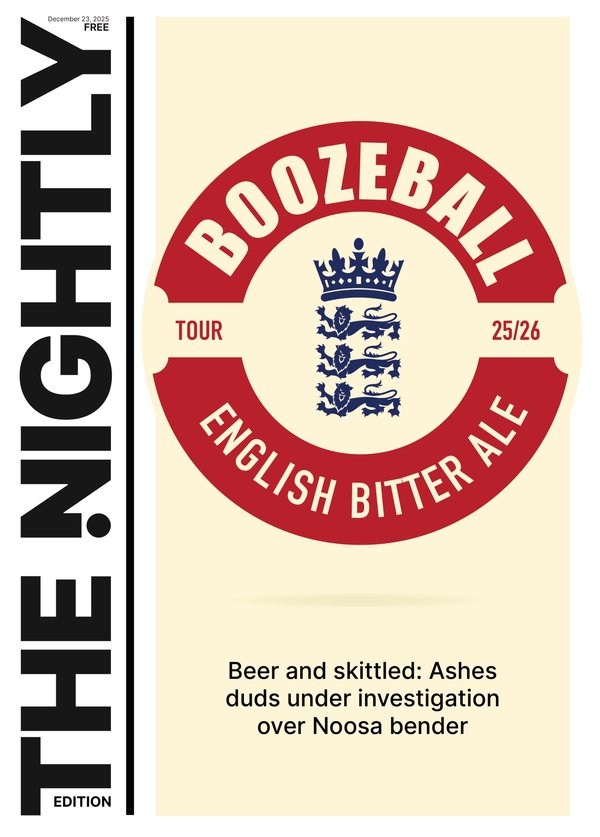Martin Scorsese’s Taxi Driver captured American violence in one volatile man
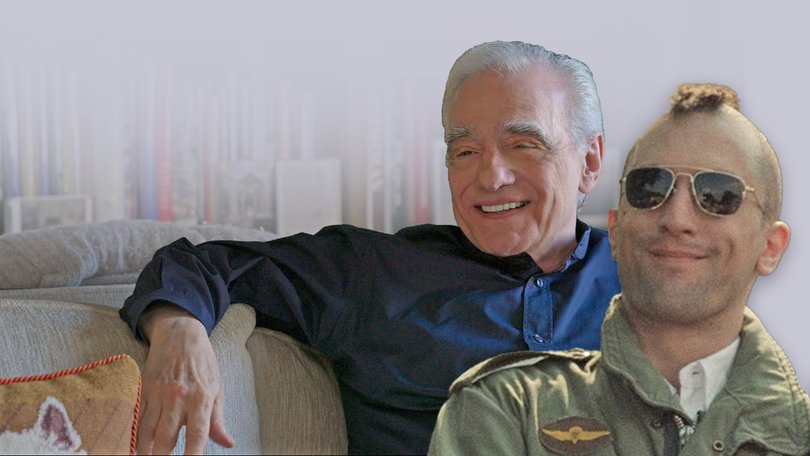
When Taxi Driver came out in 1976, a teenage Daniel Day-Lewis went to the cinema to see it with his friends five or six times that first week. “We were all mesmerised by it,” he said.
It was provocative. It was violent. It was seminal.
Martin Scorsese didn’t know how it would be received, and neither did Robert De Niro, who played the volatile Travis Bickle. Playwright Tennessee Williams was the head of the jury at Cannes that year, where Taxi Driver had its premiere, and had apparently hated the film.
Sign up to The Nightly's newsletters.
Get the first look at the digital newspaper, curated daily stories and breaking headlines delivered to your inbox.
By continuing you agree to our Terms and Privacy Policy.Jodie Foster recalled that during the film’s Cannes premiere, the director and his star basically barricaded themselves in their hotel rooms, emerging only for the press conference and no other media. Foster, then 13 years old and fluent in French, did all the press interviews.
When Taxi Driver was awarded the festival’s highest prize, the Palme d’Or, days later, Scorsese had already flown back to the US.
The film’s violence was always the contentious point, and the first time it was submitted to the classification folks, it had been slapped with an X rating, rendering it essentially un-releasable as a commercial venture.
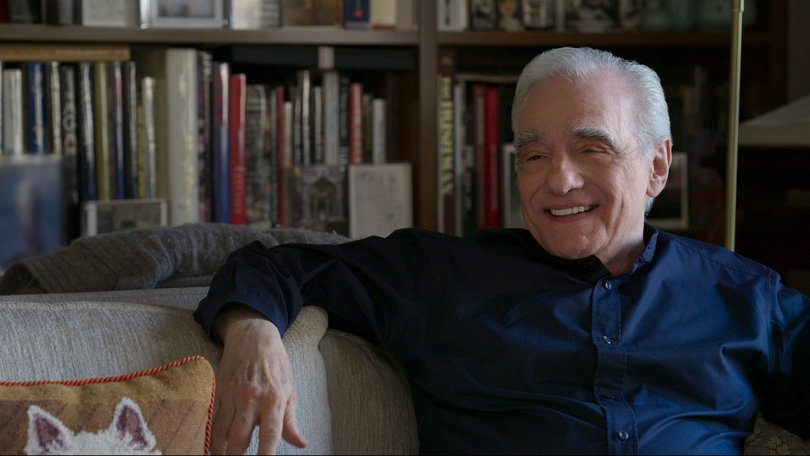
There were suggestions for cuts to get it down to an R, including making edits to the film’s final sequence in which Travis slaughters several men, including blowing one person’s hand half off.
The idea made Scorsese despondent, and said he would rather destroy the film rather than allow someone else to butcher it. At one point, the filmmaker revealed in the docuseries Mr Scorsese, streaming now on Apple TV, he had threatened to shoot the studio head if they touched it. He never got a gun, he recalled, but he wanted to.
But he ultimately found a way around it, turning down the colour saturation on the fake blood so that it looked brown rather than red. Taxi Driver got its R rating.
Despite those initial protests (it was booed at Cannes), it is now considered one of the most defining films of the New Hollywood movement.
It has been hailed as a cinematic masterpiece, a challenging portrait of a man whose violence represented the fracturing of American society during an era of Vietnam War and Watergate-fuelled deep mistrust.
He said in the career-spanning docuseries, directed by filmmaker Rebecca Miller, “The violence in my movies, that’s where they really claim irresponsibility. Violence is scary in yourself. Are you capable of it? Yeah.
“Do I consider presenting violence on the screen to a world audience as something that is commendable? If it’s truthful, yeah, I do.”
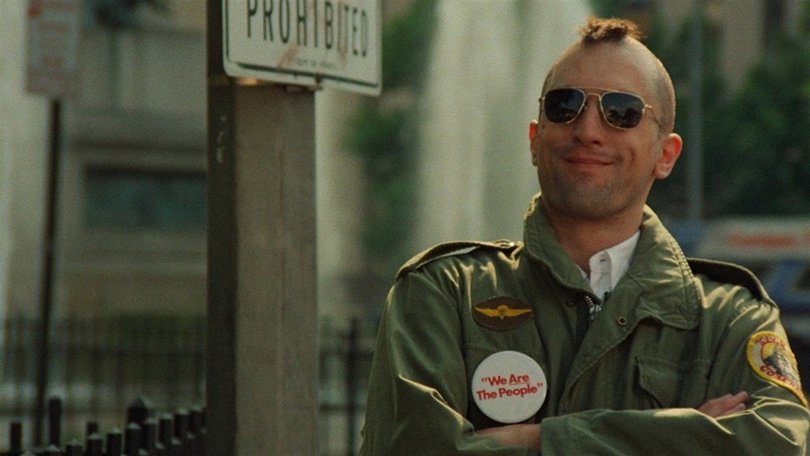
At the time of its general release it was a box office success, there were lines around the block. Scorsese may have been vindicated, but its onscreen violence would come to haunt him in unexpected ways.
Five years later, Scorsese sat in the audience of the 1981 Academy Awards with a bullet-proof vest under his tuxedo and his FBI protection detail not far away.
The ceremony had been postponed for 24 hours because a day earlier, John Hinckley Jr had attempted to assassinate Ronald Reagan, two months after the former actor was inaugurated as president.
Reagan wasn’t directly hit by Hinckley but a bullet ricocheted off the presidential limousine and struck him, puncturing a lung. A secret service agent, a Washington D.C. police officer, a press secretary James Brady were also wounded in the attack.
Hinckley was arrested at the scene and it emerged that he was not only obsessed with Foster, but that he had been inspired by Taxi Driver’s Travis Bickle, and had plotted the Reagan attack in some twisted fantasy to impress Foster.
Taxi Driver screenwriter Paul Schrader had drawn Bickle in part from the diaries of Arthur Bremer, a Wisconsin man who tried to assassinate presidential candidate George Wallace in 1972. It wasn’t life imitating art as it was life imitating art imitating life.
Political violence is not a uniquely American phenomenon but it is, sadly, not without irregularity. Four presidents have been assassinated, other attempts have been made, politicians (and their nearest and dearest) have been targeted, as have other high-profile personalities.
Taxi Driver did not provoke this violence. It was created in the context of a country that struggles to be honest about why it occurs. As someone who depicted American violence in his work, Scorsese became associated with it.
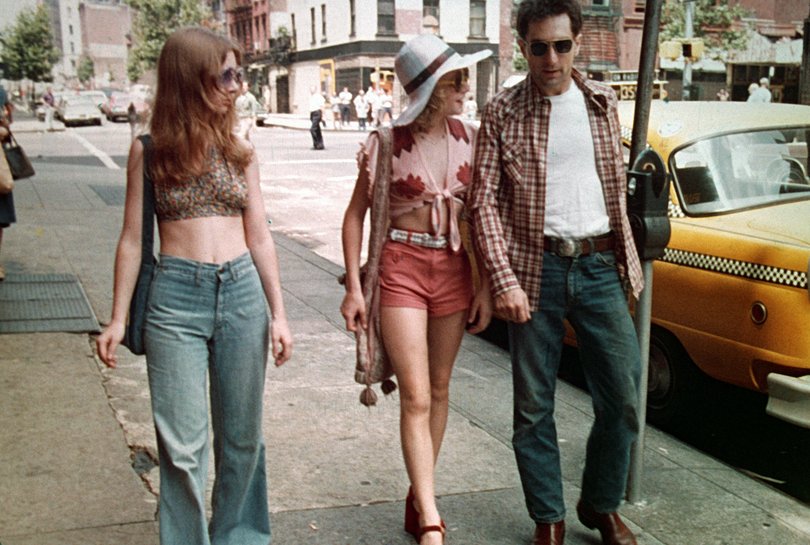
His second eldest daughter, Domenica Cameron-Scorsese revealed in Mr Scorsese that when she was a kid, there would be times when she and her father would be riding in a lift with a stranger and they would turn to him and say, “Travis Bickle, man, he’s my guy”.
Three and a half months before the Reagan attempted assassination, John Lennon was killed on a footpath outside The Dakota, his New York home.
Oldest daughter, Cathy Scorsese, remembered her father stopped going out after that. “For a few months, he didn’t leave the house, he was freaked. Because people recognised him all the time. He’d sign an autograph, but after that…
“Especially because look at who you’re talking about. You’re talking about John Lennon, Mr Let’s-Give-Peace-A-Chance, and my father and the movies he makes, and John Lennon gets blown away on a New York City street.
According to Isabella Rossellini, who was married to Scorsese at that time, he was “tormented”. She said, “I remember people writing to Marty, and sometimes there were things that were petrifying.”
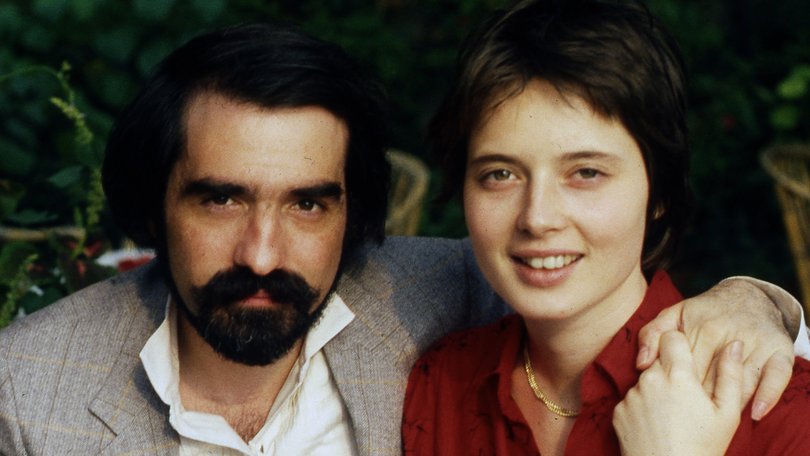
Scorsese said he’d received a note after the release of Taxi Driver that said “If little Jodie wins the Academy Award for what you made her do in Taxi Driver, you’ll pay for it with your life”. The FBI was called in but it was filed away.
After the Reagan assassination attempt, it turned out that threat had been written by Hinckley.
That night at the 1981 Oscars, where Scorsese had been nominated for Raging Bull (he would lose to Robert Redford who directed Ordinary People but De Niro would win in best actor for his role as Jake LaMotta), he, Rossellini and the FBI did not know if the Reagan shooting was part of a conspiracy or if it was a lone wolf attack.
Hinckley acted alone but he didn’t exist in a vacuum.
Over almost five decades, Scorsese’s films have captured the tension and conflict at the heart of American society that sometimes turns into violence. Taxi Driver is just but one of them.
He would again need FBI protection over the intensity of protests and threats he faced against his 1988 religious epic, The Last Temptation of Christ.
Mr Scorsese is streaming on Apple TV

